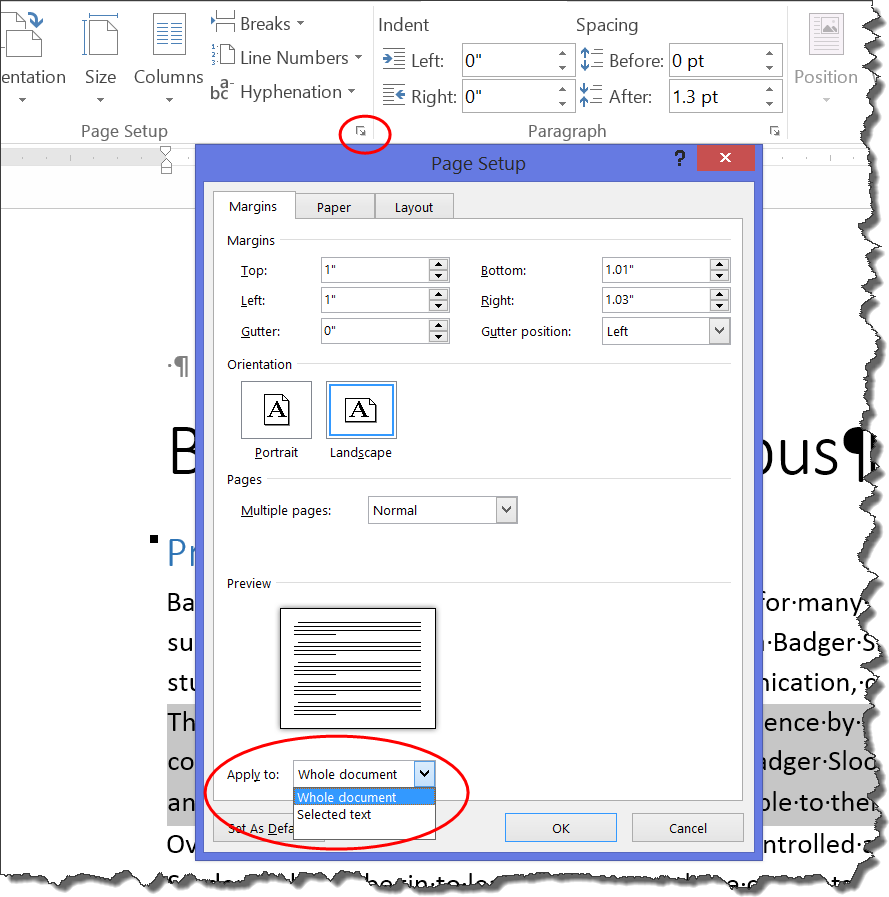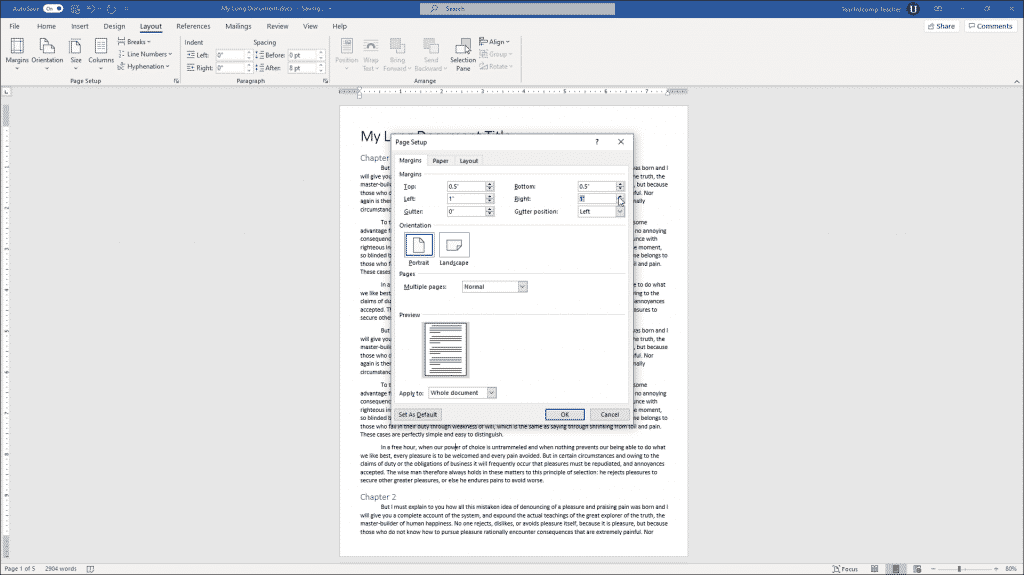

There are nine alignment options, letting you align the content to either side of a cell, any corner, or center it in the middle of the cell.


This special formatting can include font effects, or font, background, and border color. Header Row will apply special formatting to the first row of the table.(Note: the old Alt-A, R shortcut still works to open the Table Properties dialog box. On the Table Tools Layout contextual tab, in the Cell Size group, click the little arrow thingy (whose name I can never remember) to the right of "Cell Size". In Word 2007 and Word 2010: Click within your table.In Word 2003 and earlier versions: Click within your table.We control cell margins from the Table Properties dialog box (Figure 3). Controlling cell margins for the table as a whole The cell margin is the distance between the edge of the cell (whether you are displaying borders or not) and the text.īy default, the cell margins are 0 for the top and bottom margins, and 0.19cm for the left and right margins. The better way is to control cell margins. It's annoying to do it's hard to keep consistent and it adds to the size, weight and complexity of your document.

When we press Enter to create vertical space, we are adding empty paragraphs to the document. Make the same change in the Bottom, Left, and Right margin text boxes. To change the Top margin to one and a half inches, select the current setting, and then type 1.5, or you can click the arrows on the right side of the box to change the margin number. Don't use empty paragraphs to create extra vertical space, as this user has done The boxes in the Margins section already contain your document’s current settings. Figure 2: I've displayed non-printing characters here, to see the empty paragraphs.


 0 kommentar(er)
0 kommentar(er)
